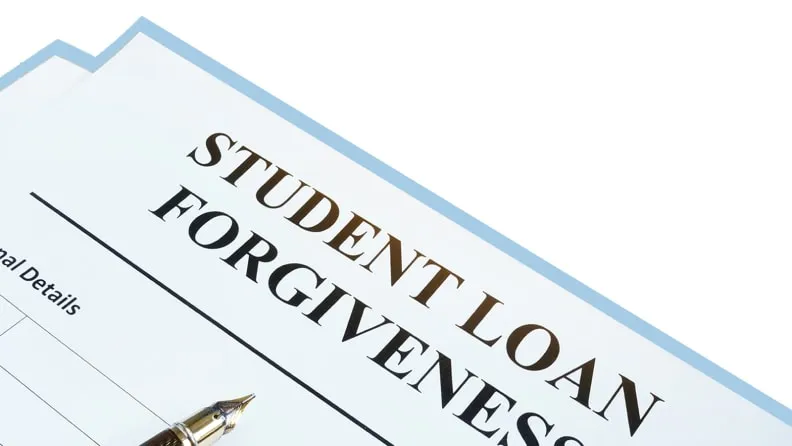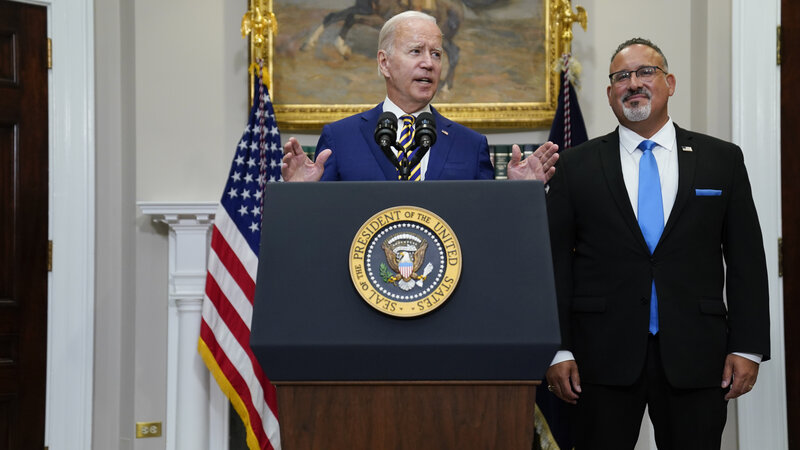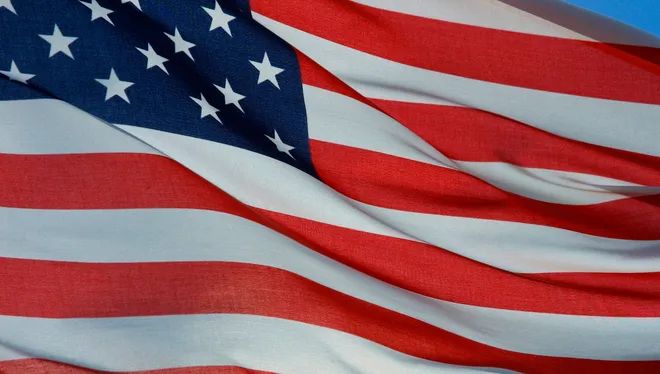The Debate Over Student Loan Forgiveness America
Student loan forgiveness has emerged as one of the most contentious topics in American politics and society. With outstanding student loan debt exceeding $1.7 trillion, the financial burden on millions of Americans has sparked a vigorous debate over the merits and drawbacks of forgiving student loans. Proponents argue that it would provide much-needed economic relief and stimulate broader economic growth, while opponents contend that it would be unfair to those who have already paid off their loans and would not address the root causes of rising education costs.
Table of Contents
The Case for Student Loan Forgiveness
Advocates of student loan forgiveness emphasize the profound economic and social benefits it could bring. One of the most compelling arguments is that forgiving student debt would provide immediate financial relief to millions of Americans, enabling them to invest in homes, start businesses, and save for retirement. According to a study by the
Roosevelt Institute, canceling student debt could increase the annual GDP by up to $108 billion per year over the next decade, as borrowers would have more disposable income to spend on goods and services.
Moreover, student loan forgiveness could address significant racial and economic disparities. Data from the Brookings Institution shows that Black graduates owe, on average, $25,000 more in student loan debt than their White counterparts four years after graduation. Forgiving student loans could thus play a crucial role in reducing the racial wealth gap. Additionally, low-income borrowers and first-generation college students are disproportionately affected by student loan debt, and forgiveness could provide these groups with enhanced economic mobility.
The Counterarguments
Opponents of student loan forgiveness present several compelling counterarguments. One of the primary concerns is the issue of fairness. Critics argue that forgiving student loans would be unfair to those who have already repaid their debts or who chose less expensive education options to avoid taking on substantial loans. This could foster a sense of inequity and resentment among those who feel they made sacrifices to manage their educational expenses responsibly.
Another significant argument against widespread loan forgiveness is its potential impact on federal spending and the national debt. The cost of forgiving all outstanding student loans is estimated to be around $1.6 trillion, a sum that would significantly increase the national debt. Critics argue that such an expenditure is fiscally irresponsible and that the funds could be better utilized in ways that benefit a broader segment of the population, such as investing in infrastructure, healthcare, or direct economic stimulus programs.
Furthermore, there is a concern that student loan forgiveness does not address the root causes of the rising cost of higher education. Without addressing the underlying issues such as the escalation of tuition fees, the reduction in state funding for public universities, and the administrative bloat within higher education institutions loan forgiveness could be seen as a temporary fix rather than a sustainable solution. Critics worry that forgiving existing loans without reforming the higher education system could lead to a cycle of debt accumulation and forgiveness.
Possible Solutions and Compromises
The debate over student loan forgiveness has prompted a variety of proposals aimed at finding a middle ground. Some suggest targeted forgiveness programs that prioritize borrowers in greatest need, such as those with low incomes, those who attended predatory for-profit institutions, or those in public service fields. This approach aims to balance the benefits of loan forgiveness with considerations of fairness and fiscal responsibility.
Another proposed solution is to reform the income-driven repayment (IDR) plans. These plans adjust monthly loan payments based on the borrower’s income and family size, with any remaining debt forgiven after 20 to 25 years of payments. Improving access to and awareness of IDR plans could provide relief to struggling borrowers without the need for blanket loan forgiveness. Additionally, reducing the interest rates on federal student loans and making it easier to refinance existing loans could also alleviate the financial burden on borrowers.

Political and Social Dimensions
The debate over student loan forgiveness is not just an economic issue; it is also deeply political and social. Support for loan forgiveness often aligns with broader progressive agendas, emphasizing social justice and economic equality. Many progressives view student loan forgiveness as a critical component of a larger effort to create a more equitable society, arguing that education should be a public good accessible to all, rather than a privilege for the wealthy.
Conversely, conservatives and some moderate Democrats express concern about the implications of widespread loan forgiveness on personal responsibility and the moral hazard it might create. They argue that individuals should be accountable for their financial decisions and that forgiving loans might encourage future students to take on excessive debt, expecting it to be forgiven eventually. This could undermine efforts to instill financial literacy and responsibility among young adults.
The political landscape around student loan forgiveness is also shaped by the influence of various interest groups. Higher education institutions, loan servicers, and financial institutions all have stakes in the outcome of this debate. Universities, in particular, have been criticized for their role in escalating tuition costs, and some argue that they should be part of the solution, either through tuition reductions or contributions to loan forgiveness programs.
Also Read: Gun Control in America
The Path Forward
As the debate over student loan forgiveness continues, it is clear that a multifaceted approach is necessary to address the complexities of this issue. Policymakers must consider both the immediate relief that forgiveness could provide and the long-term implications for the education system and the economy.
One potential path forward is to combine targeted loan forgiveness with comprehensive reforms in higher education funding and policy. This could include increasing state and federal funding for public universities to reduce the burden on students, implementing stricter regulations on for-profit colleges, and encouraging institutions to manage administrative costs more effectively. Additionally, enhancing financial education for students could help future borrowers make more informed decisions about their education and financing options.
The role of private lenders also deserves scrutiny. While most student loans are federal, private student loans still constitute a significant portion of the market. Introducing regulations to protect borrowers from predatory lending practices and providing options for refinancing private loans could further alleviate the financial stress on graduates.
Conclusion.
The debate over student loan forgiveness in America is a microcosm of broader discussions about economic policy, social justice, and the role of government in citizens’ lives. It raises fundamental questions about fairness, fiscal responsibility, and the value of higher education. While there is no one-size-fits-all solution, the combination of targeted loan forgiveness, systemic reforms in higher education, and improved financial education for students could pave the way for a more equitable and sustainable approach to managing student debt.







